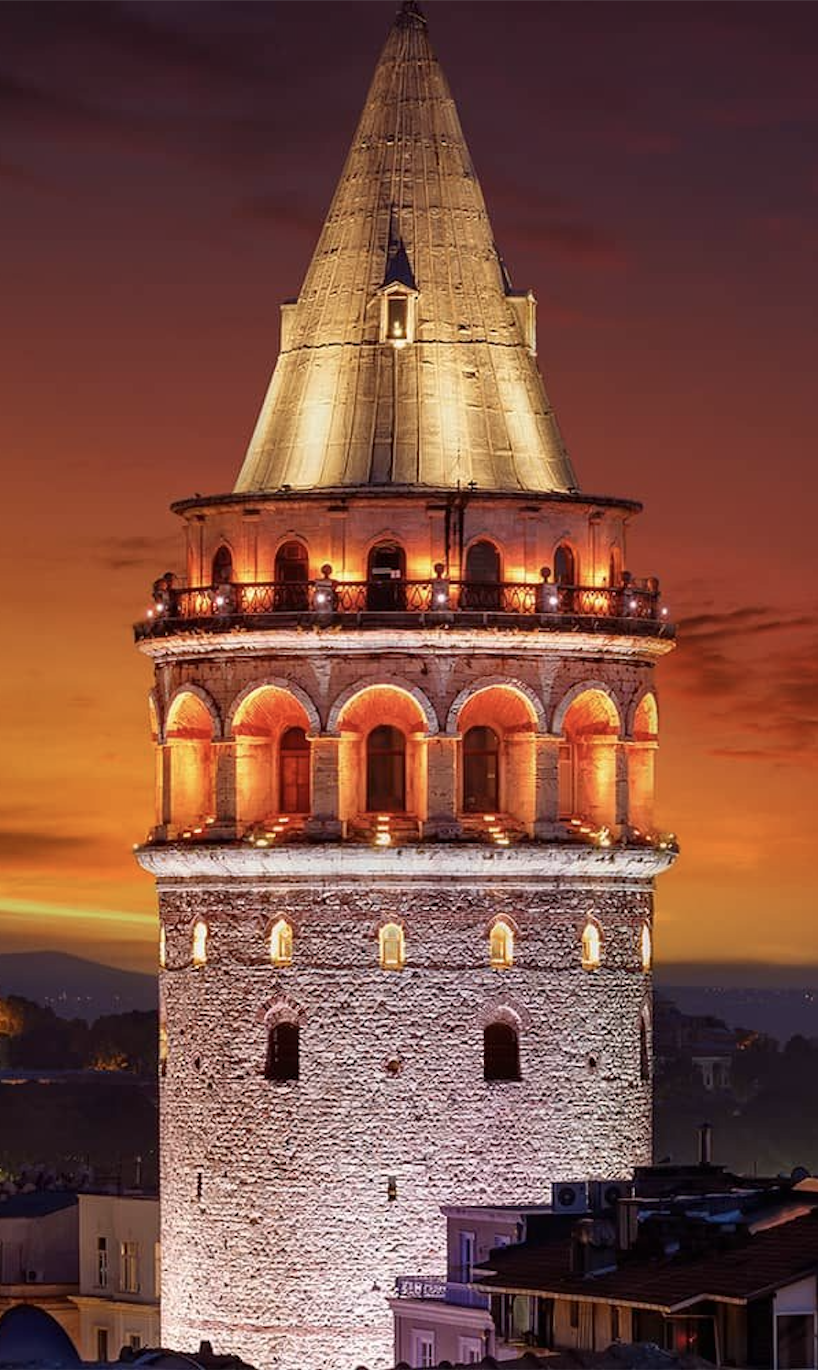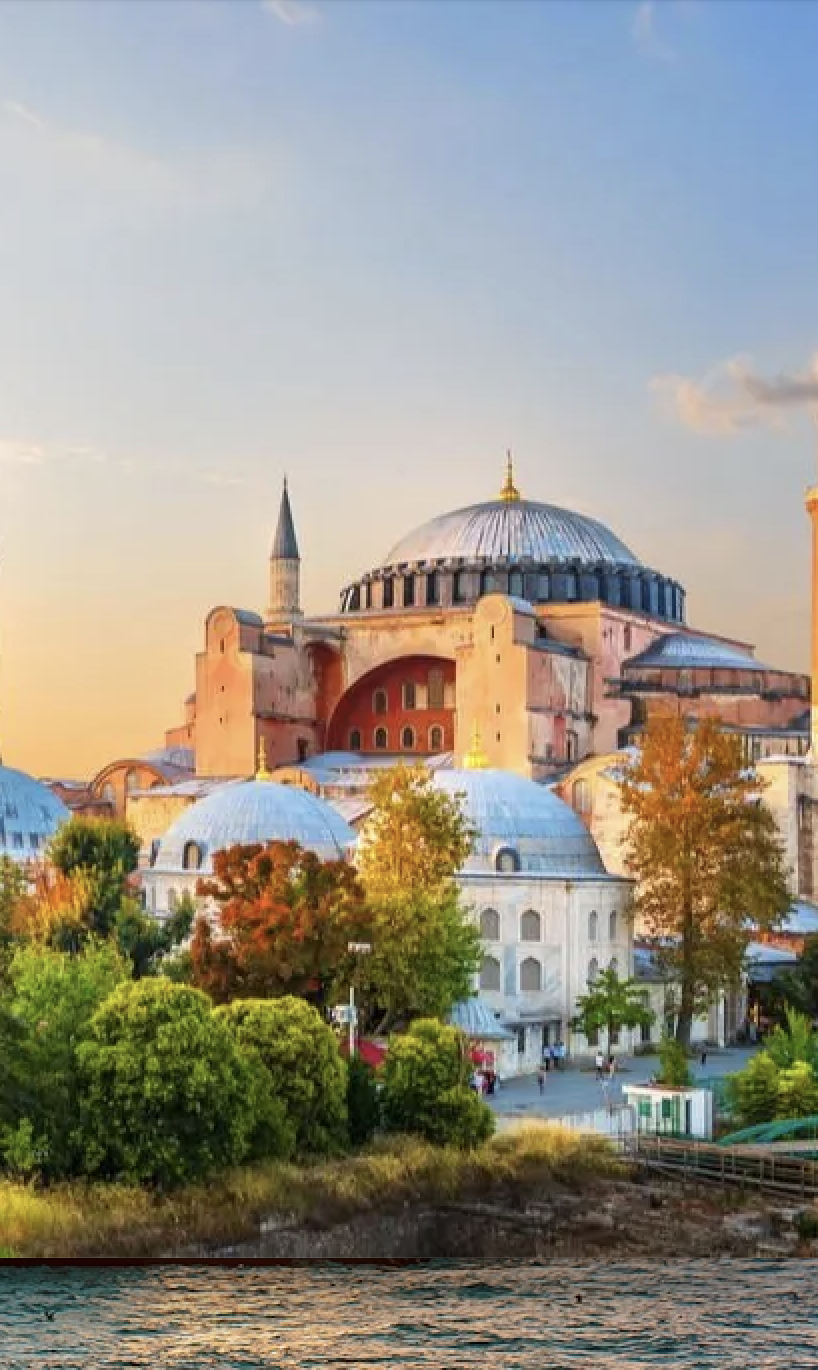The Altar of Zeus in Pergamon: A Masterpiece of Ancient Art and Architecture
The Altar of Zeus, located in the ancient city of Pergamon (modern-day Bergama, Turkey), is one of the most iconic and significant monuments of the Hellenistic world. Renowned for its grand scale, intricate sculptures, and historical importance, the altar is a testament to the artistic and cultural achievements of the Attalid dynasty. Although the original altar is now housed in the Pergamon Museum in Berlin, its legacy continues to captivate visitors to the archaeological site in Turkey.
History of the Altar of Zeus
The Altar of Zeus was constructed in the 2nd century BC during the reign of King Eumenes II of the Attalid dynasty. It was built to commemorate the victories of the Attalids over the Galatians and to honor Zeus, the king of the gods, and Athena, the goddess of wisdom and warfare. The altar was a symbol of Pergamon’s power, wealth, and cultural sophistication.
The altar’s most famous feature is its frieze, which depicts the Gigantomachy—the epic battle between the Olympian gods and the giants. This intricate and dynamic sculpture is considered one of the finest examples of Hellenistic art.
In the late 19th century, German archaeologists excavated the altar and transported it to Berlin, where it was reconstructed in the Pergamon Museum. Today, the site in Pergamon features a replica and the remains of the altar’s foundation, offering visitors a glimpse of its former grandeur.
Architectural and Artistic Features
The Altar of Zeus was a monumental structure, both in size and artistic detail. Here are some of its most notable features:
-
The Gigantomachy Frieze: The altar’s most famous element is its 120-meter-long frieze, which wraps around the base of the structure. It depicts the dramatic battle between the gods and the giants, with intricate details and dynamic poses that bring the myth to life.
-
The Telephus Frieze: Inside the altar, a smaller frieze depicted the life of Telephus, the mythical founder of Pergamon. This frieze is notable for its narrative style and detailed storytelling.
-
The Altar Structure: The altar itself was a large, raised platform with a grand staircase leading to the sacrificial area. It was surrounded by a colonnade and adorned with statues and decorative elements.
-
Symbolism: The altar was not only a religious site but also a political statement, showcasing the Attalids’ connection to the gods and their dominance over their enemies.
What Makes the Altar of Zeus Special?
-
A Masterpiece of Hellenistic Art: The altar’s friezes are considered some of the finest examples of Hellenistic sculpture, showcasing the skill and creativity of ancient artists.
-
Historical Significance: The altar reflects the power and cultural achievements of the Attalid dynasty and the city of Pergamon.
-
Mythological Connection: The Gigantomachy frieze brings ancient mythology to life, offering a vivid depiction of the battle between gods and giants.
Visiting the Altar of Zeus
-
Location: The remains of the Altar of Zeus are located on the Acropolis of Pergamon, overlooking the modern town of Bergama.
-
What to See: While the original altar is in Berlin, the site in Pergamon features a replica and the foundation of the altar, along with informational signs explaining its history and significance.
-
Best Time to Visit: Spring (April-May) and autumn (September-October) are ideal, as the weather is mild and the site is less crowded.
-
Guided Tours: Consider hiring a guide or using an audio guide to learn about the altar’s history, art, and cultural importance.
-
Nearby Attractions: Combine your visit with other highlights of Pergamon, such as the Theatre, the Temple of Trajan, and the Asclepion.
Why Should You Visit the Altar of Zeus?
-
A Connection to Ancient Mythology: The altar’s friezes offer a fascinating glimpse into ancient Greek mythology and storytelling.
-
Artistic Brilliance: The intricate sculptures and grand design of the altar are a testament to the artistic achievements of the Hellenistic period.
-
Historical Legacy: Visiting the site allows you to connect with the history and culture of one of the most important cities of the ancient world.
For travelers visiting Pergamon, the Altar of Zeus is an unmissable highlight that captures the grandeur and artistry of the ancient world. Although the original altar is in Berlin, the site in Pergamon offers a unique opportunity to explore its legacy and immerse yourself in the timeless beauty of this ancient masterpiece. 🌍✨
Itinerary in detail
Every Laka trip is tailored to your personal preferences and interests.
Below you’ll find a sample itinerary to inspire your own custom-designed journey.
Need more inspiration?

istanbul Walks
01

İstanbul Offer
02

İstanbul The Old City
03

